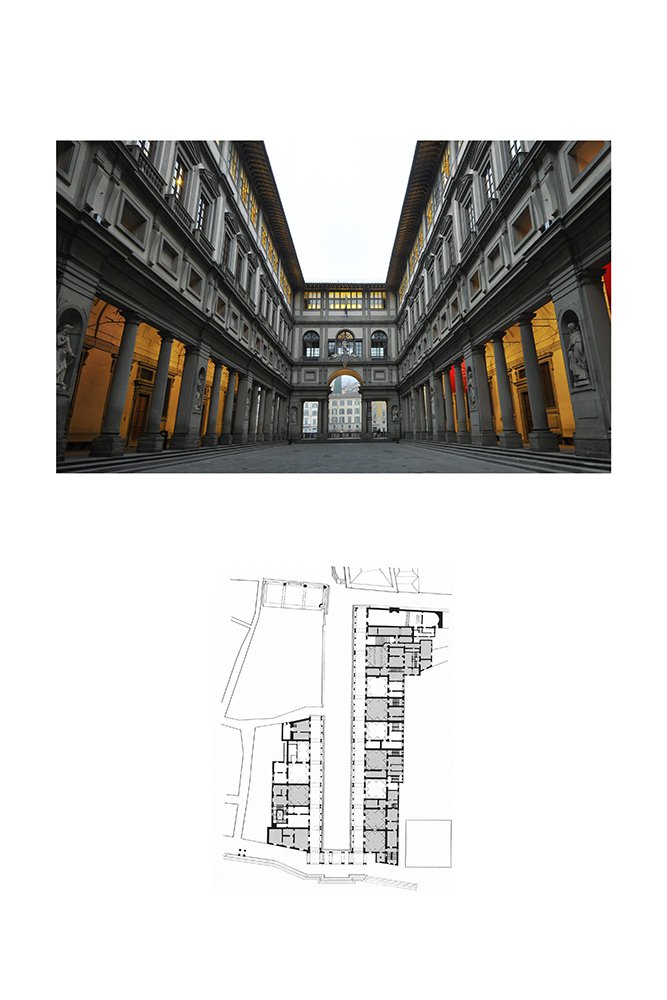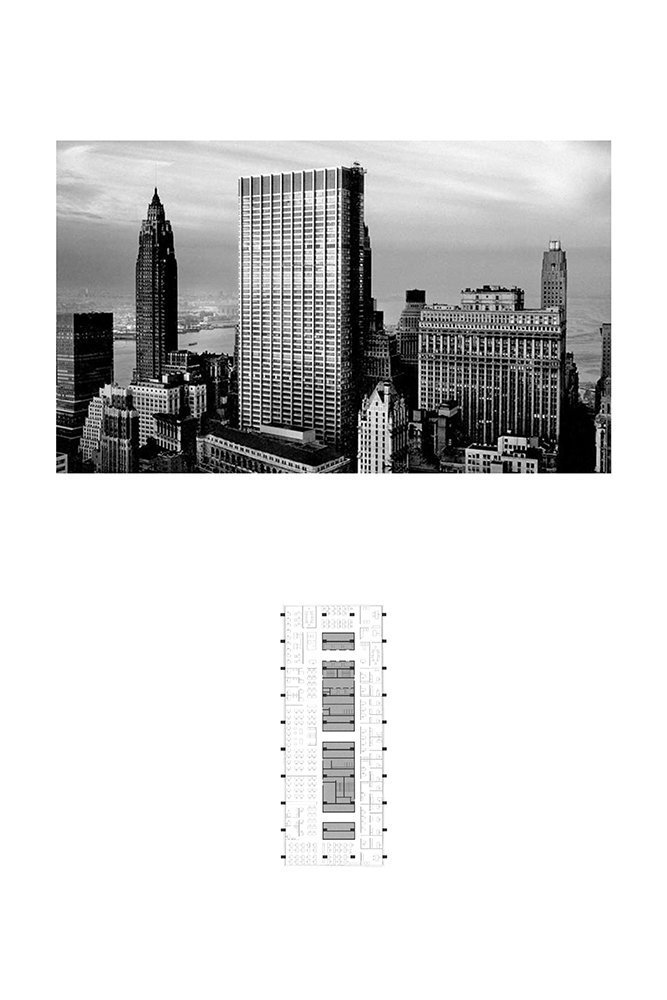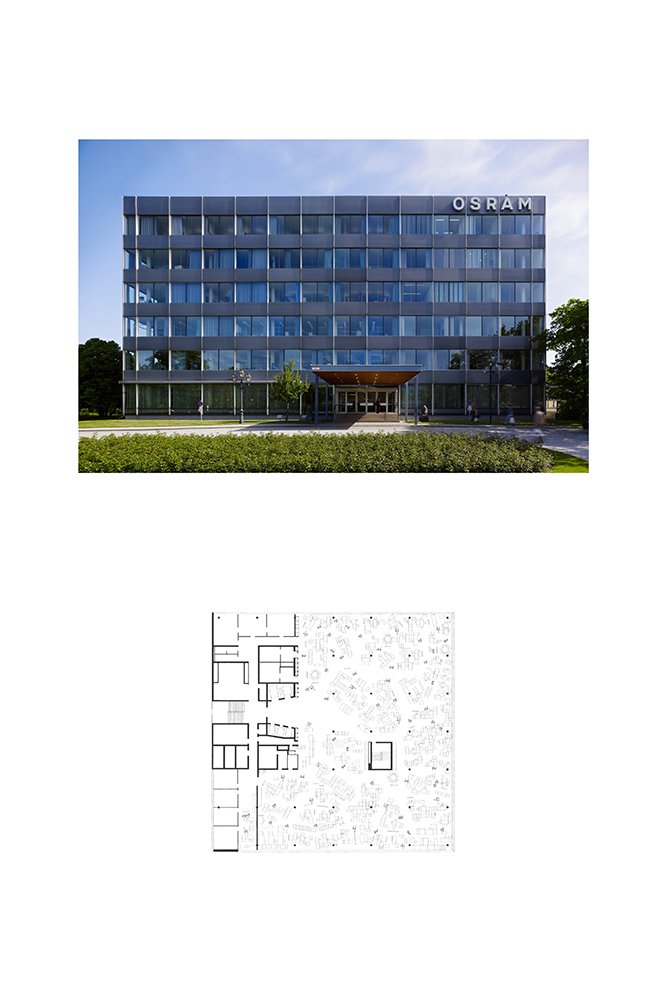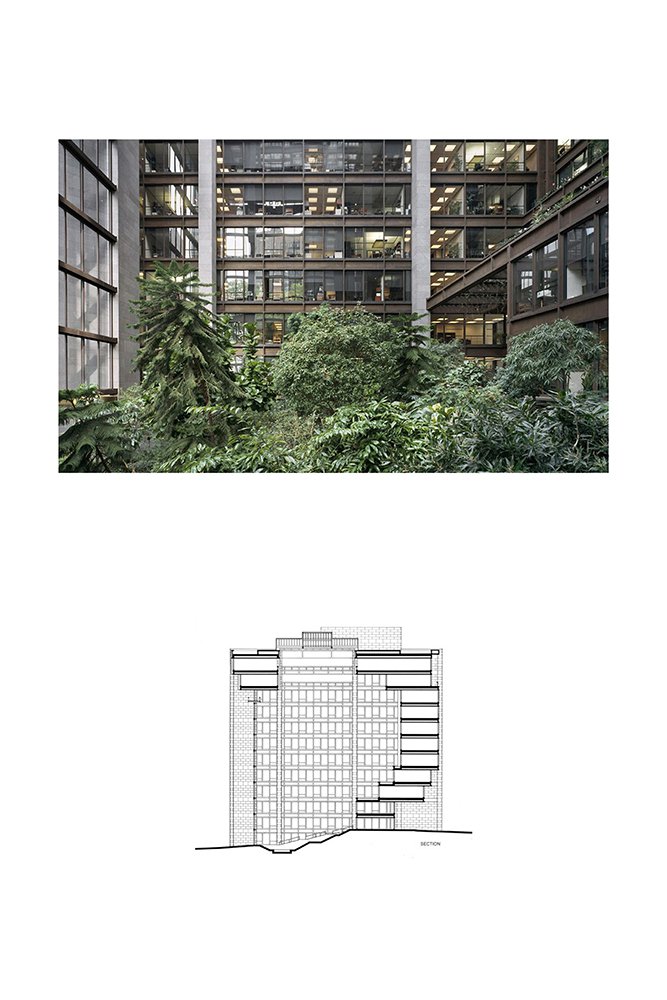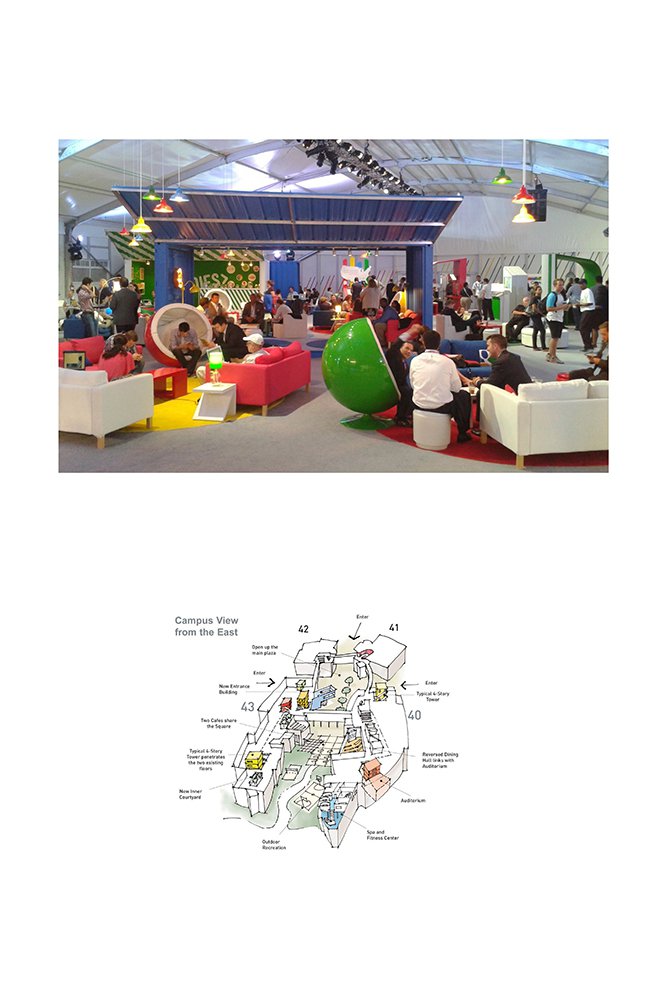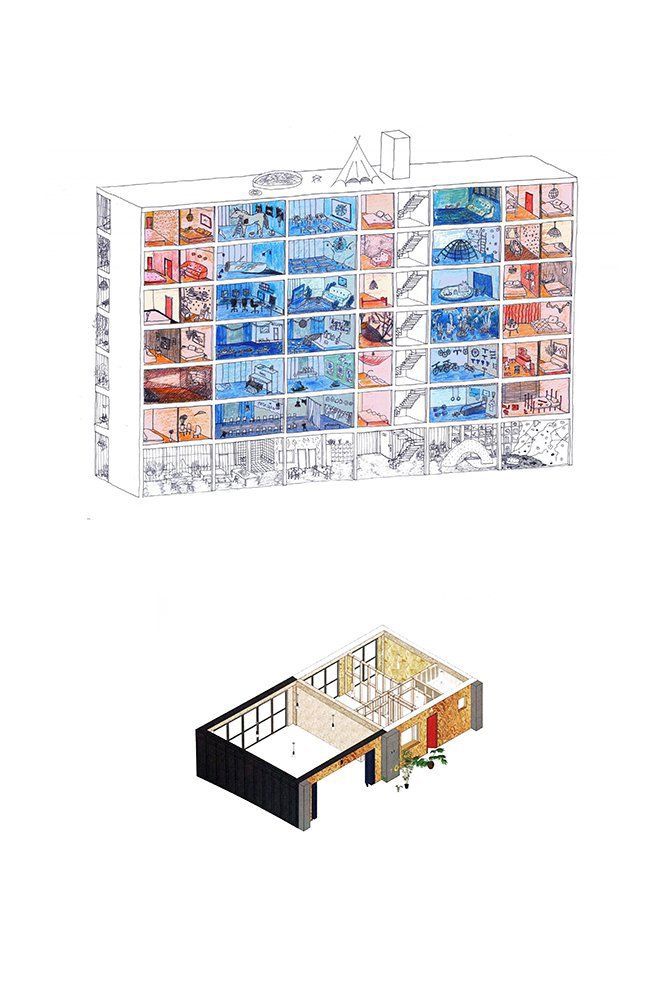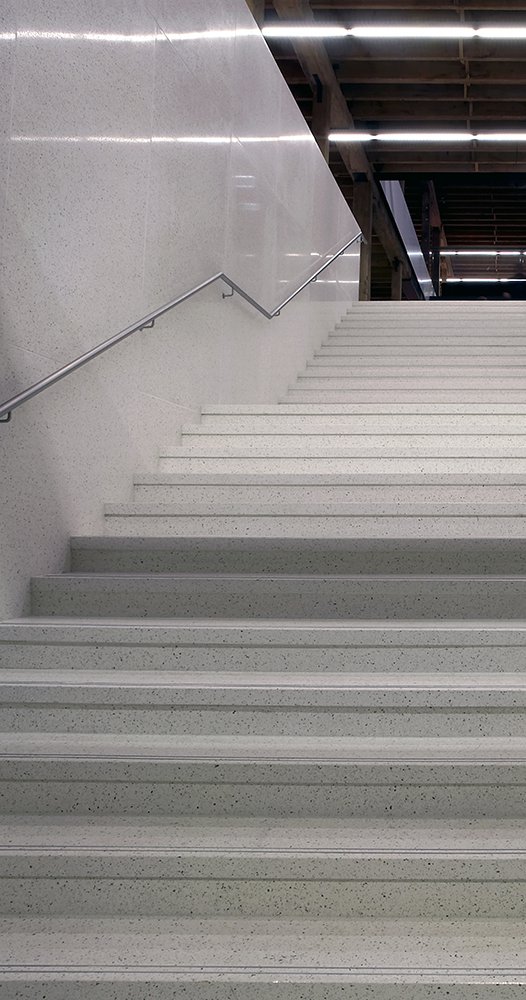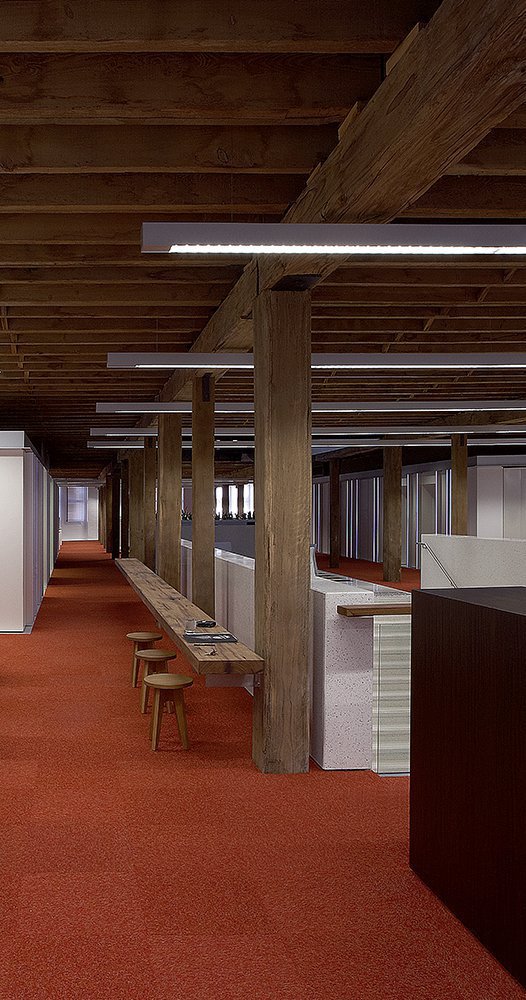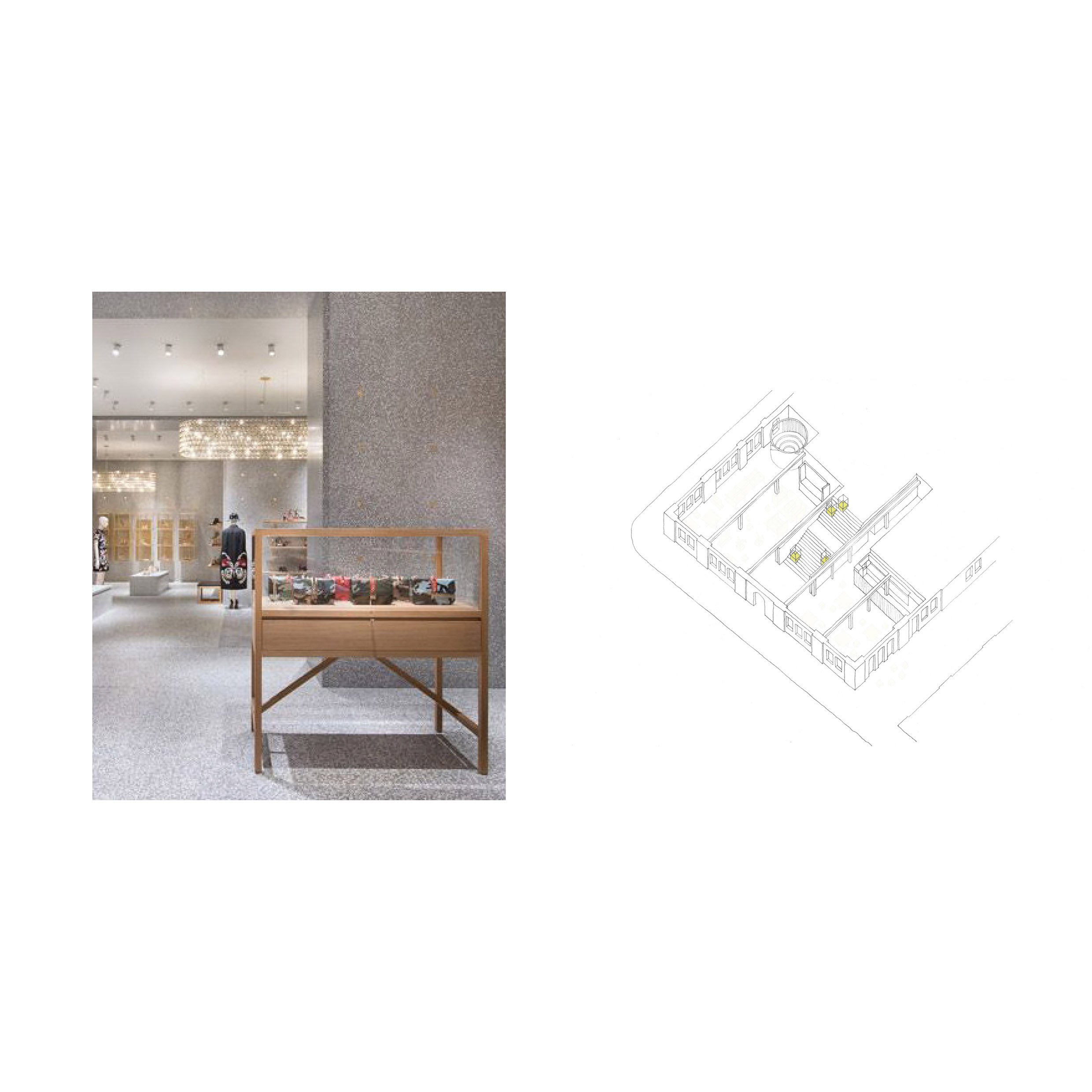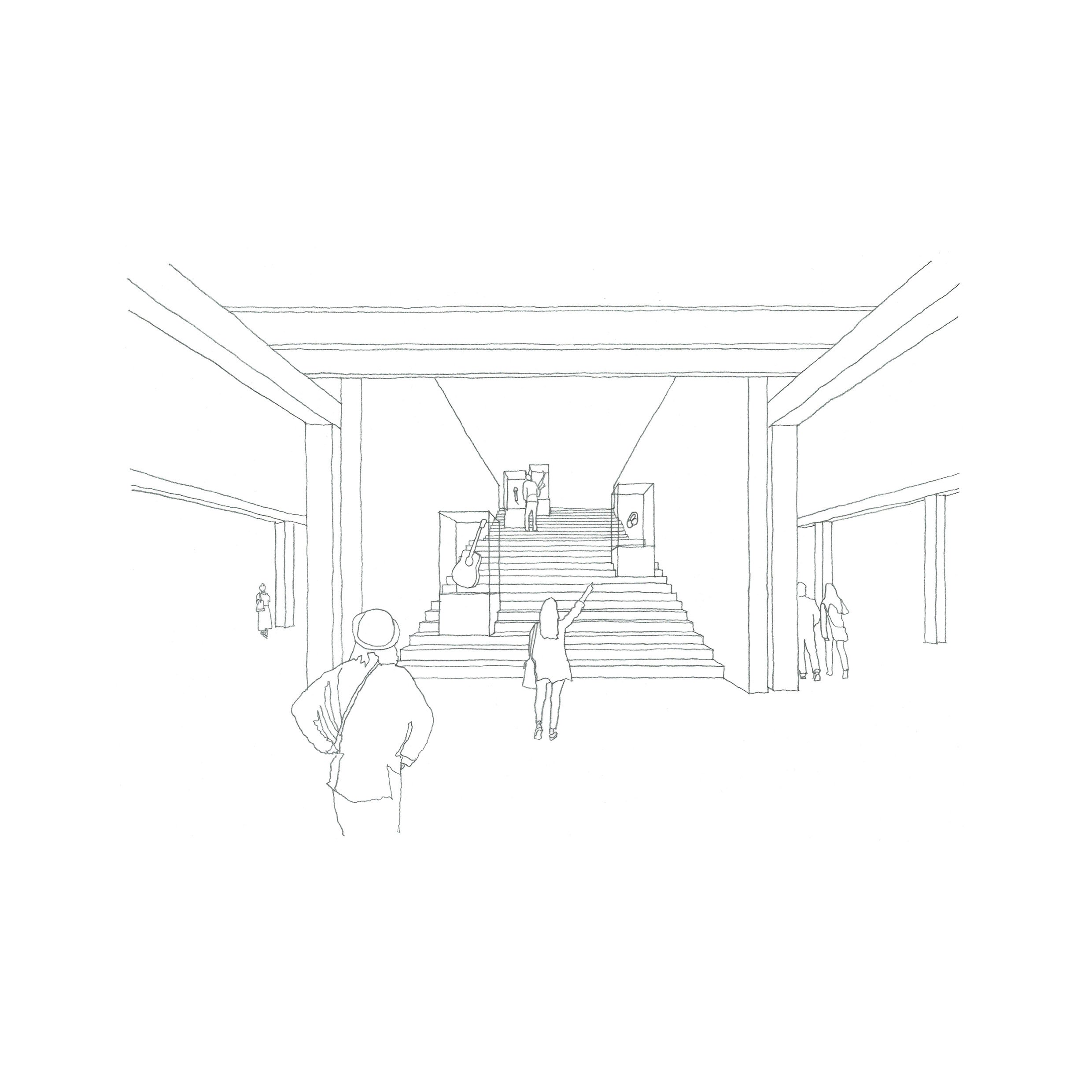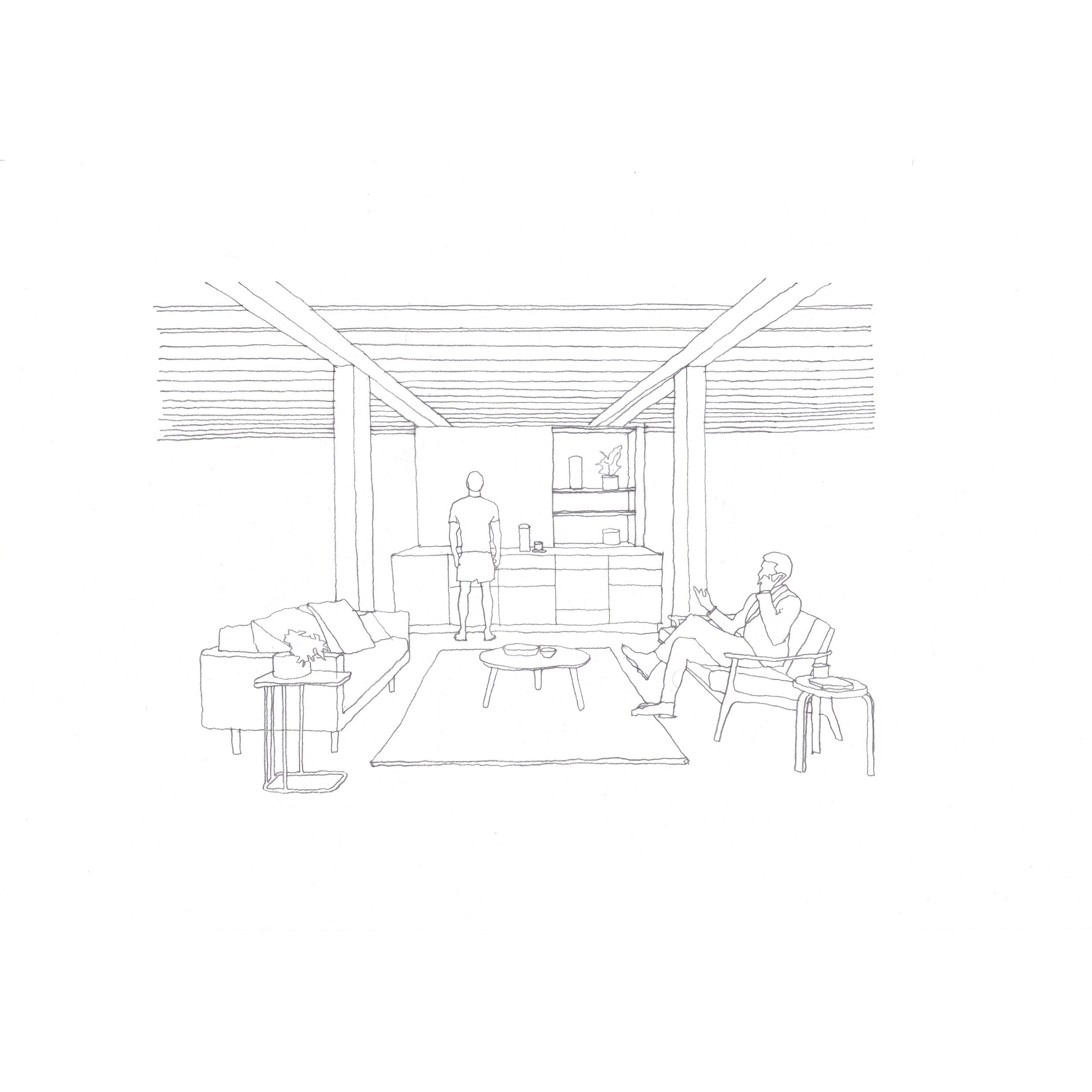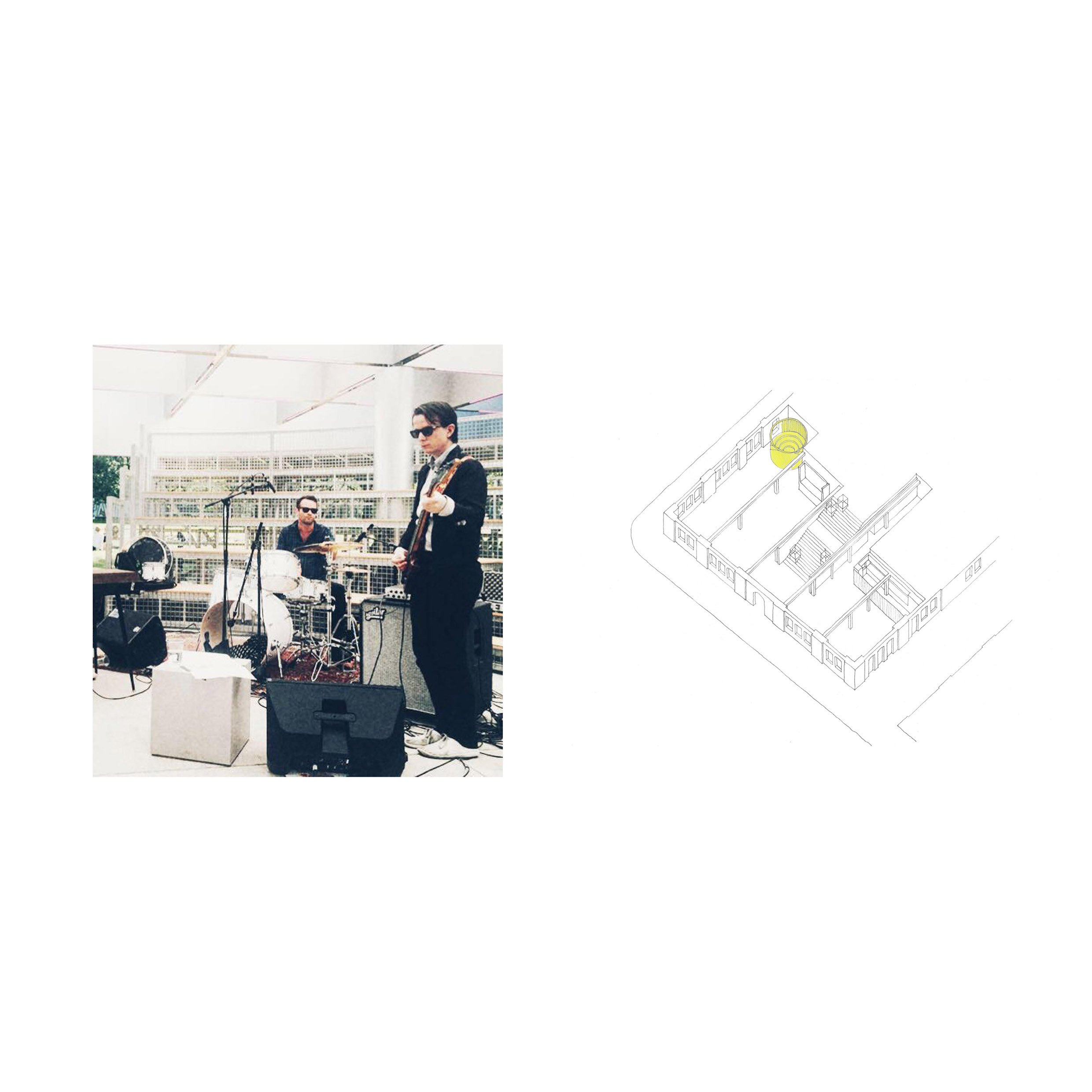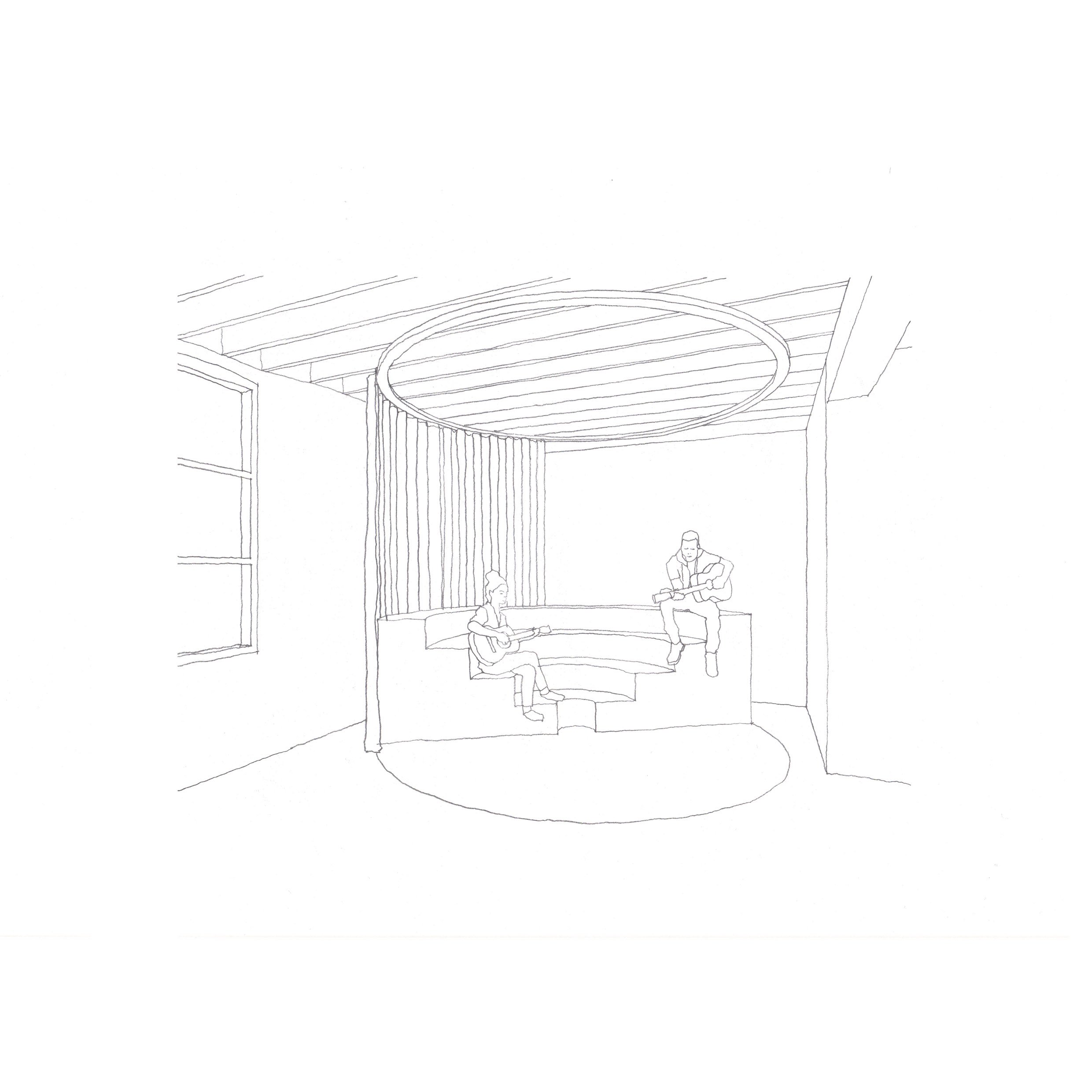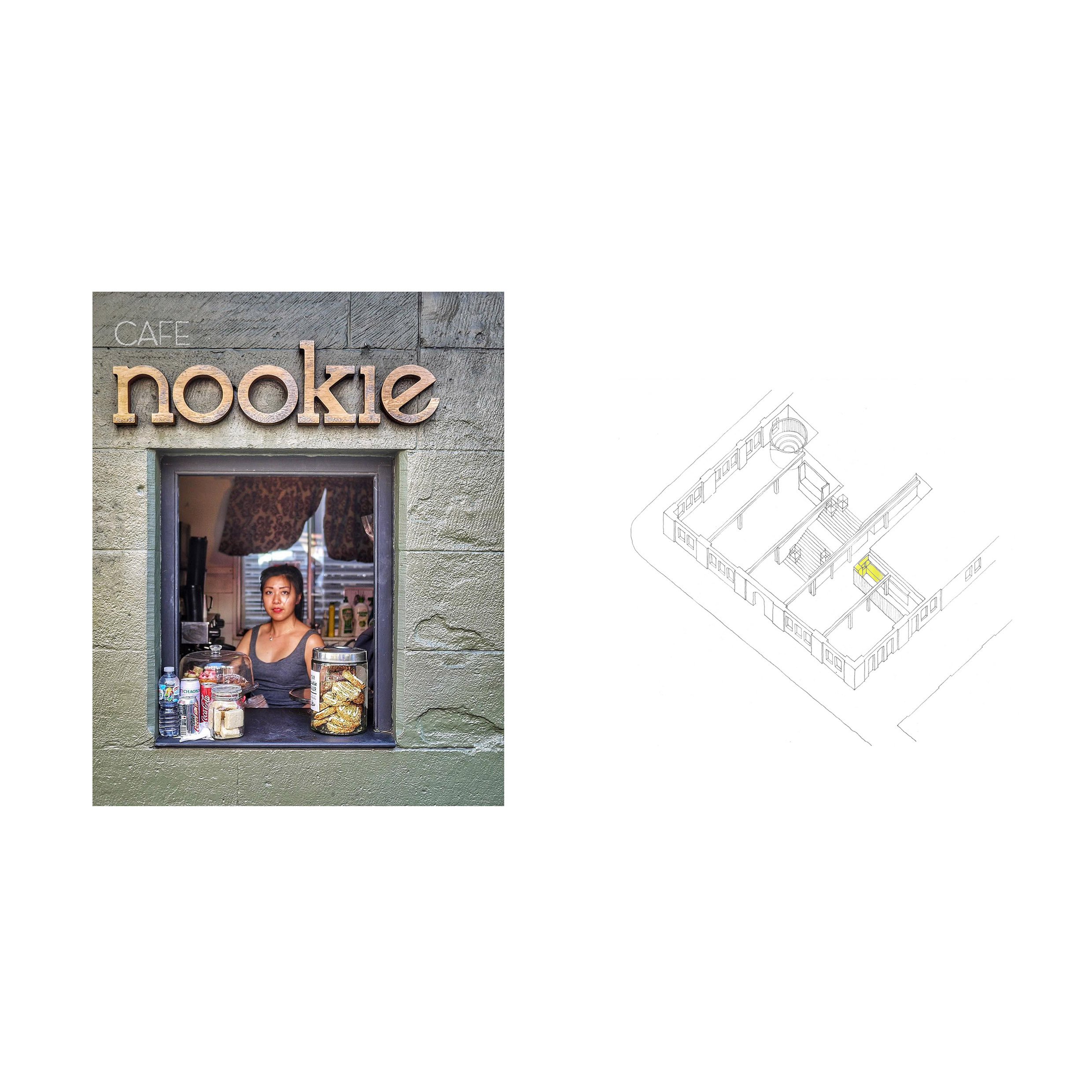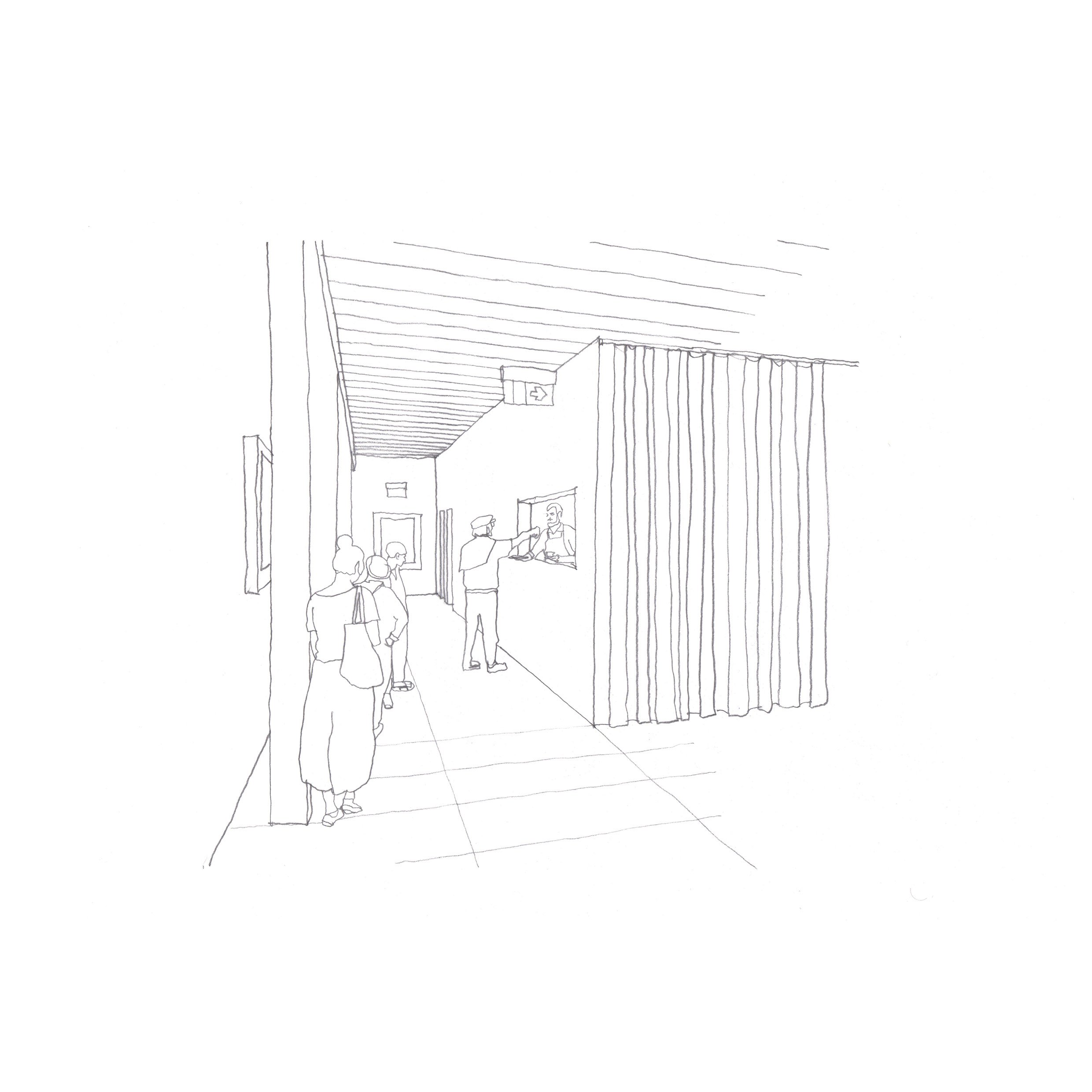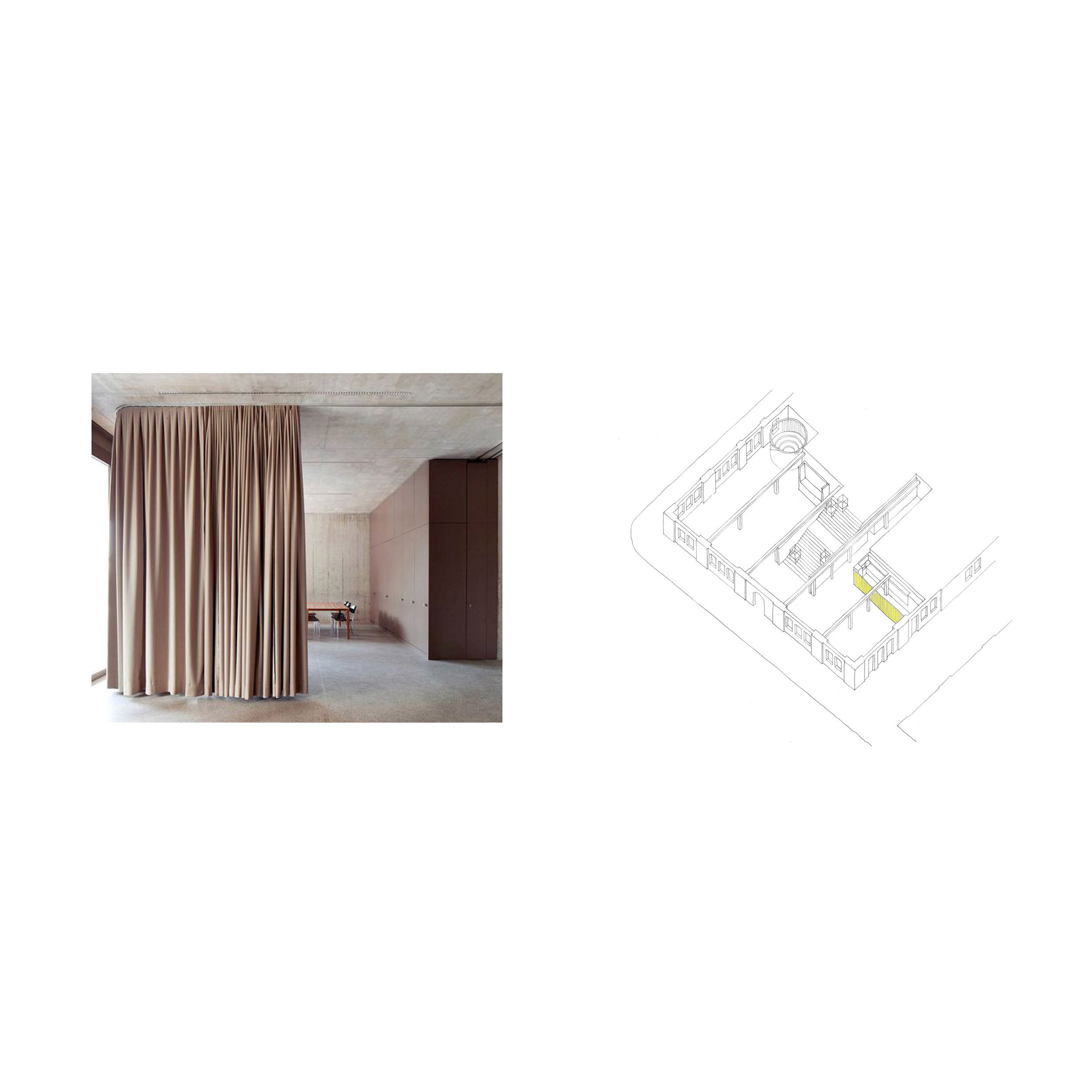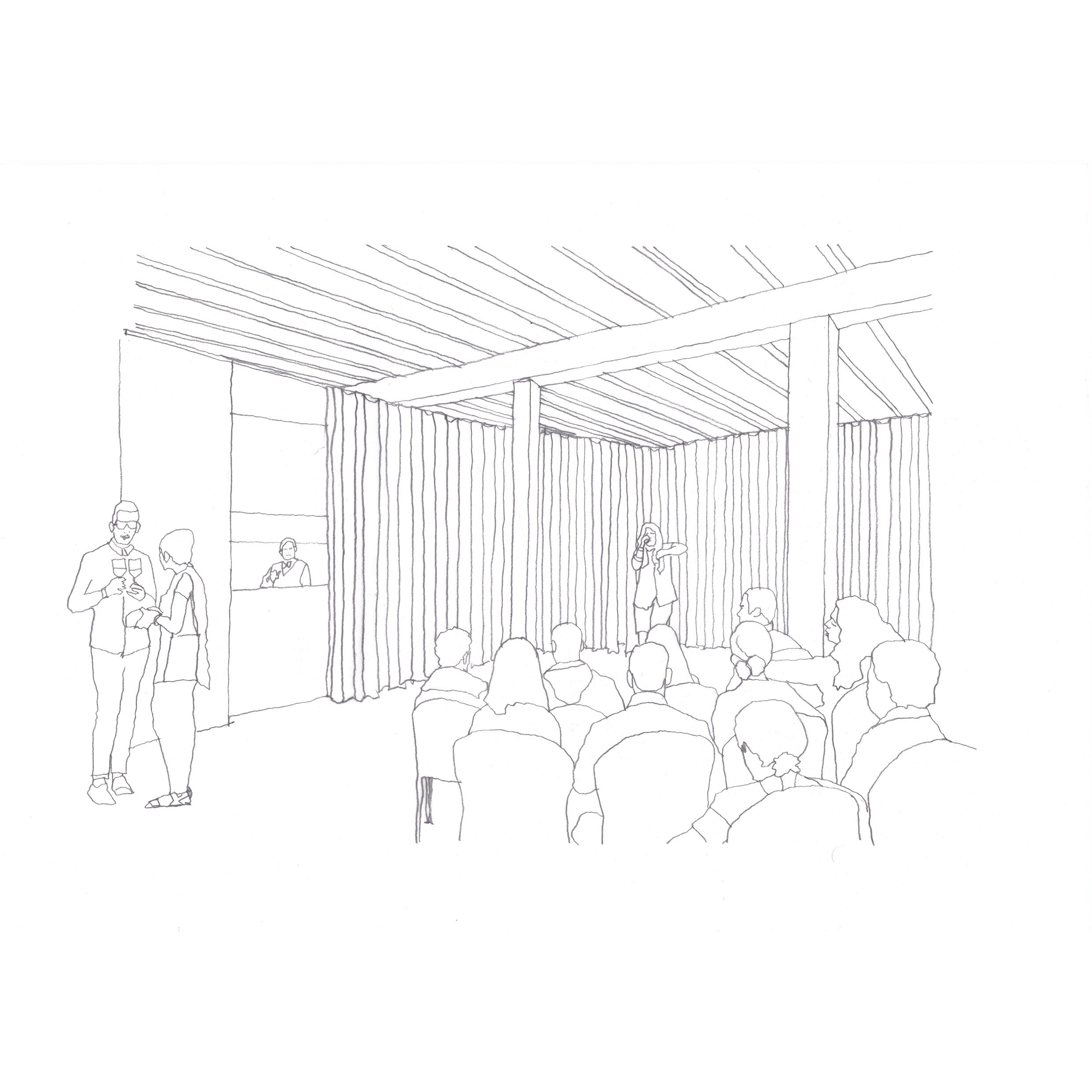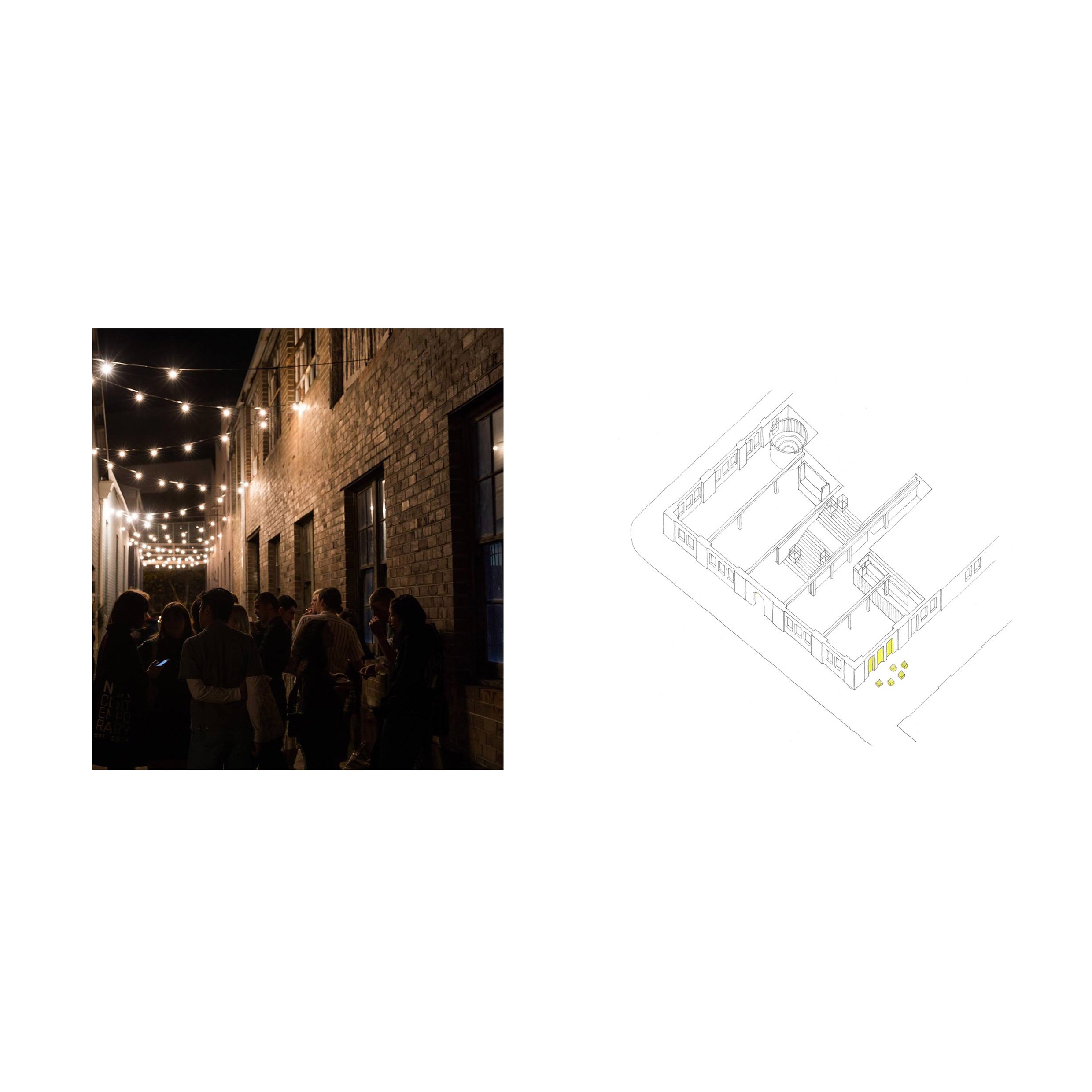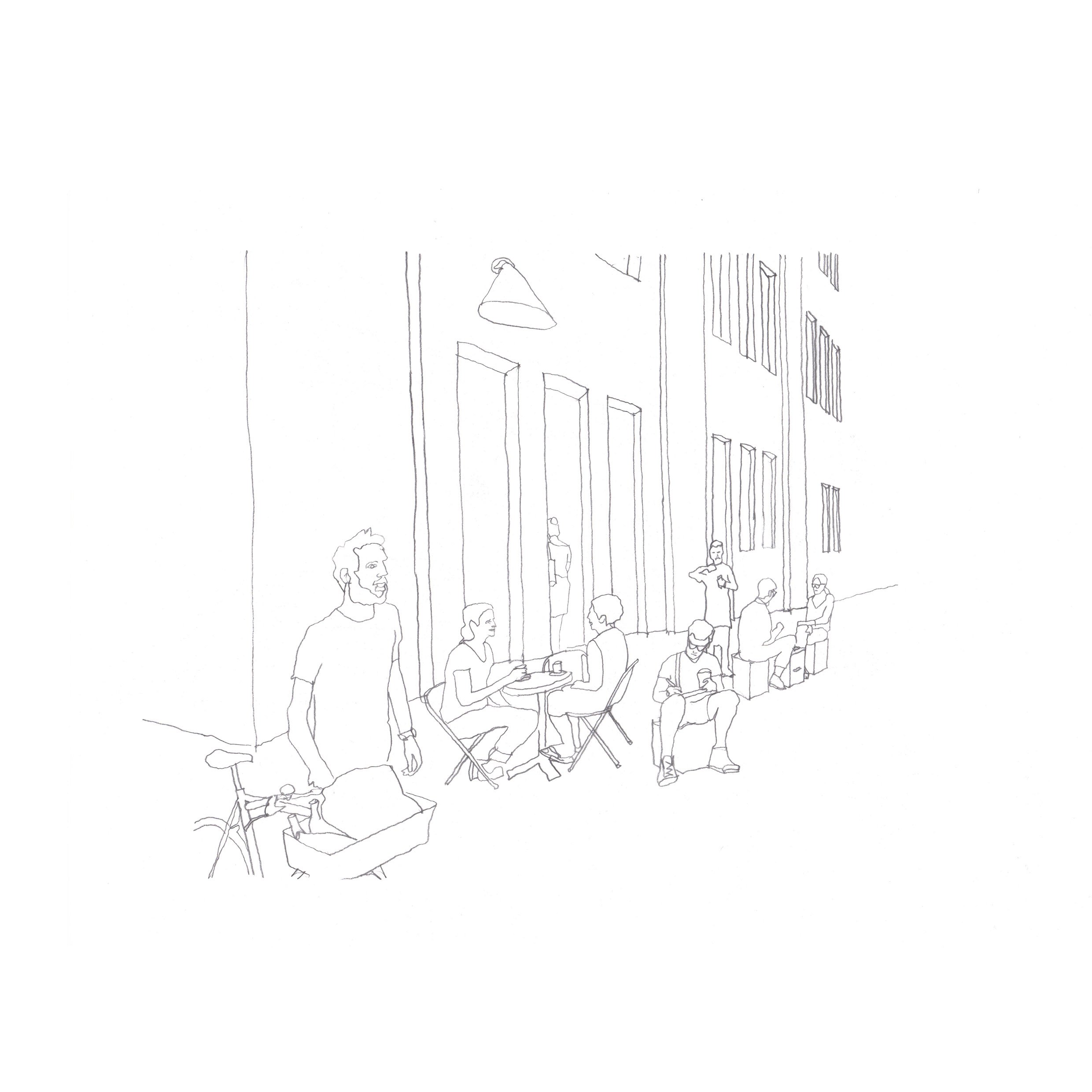Gadigal
Complete
Anita Panov, Andrew Scott, Olivia Moore & Serena Bomze
Panov—Scott was invited by Apra-Amcos to provide design advice for the redevelopment of their corporate headquarters in Ultimo, Sydney. Apra-Amcos is the peak body that represents Australasian song writers and other original content generators in the music business.
We were engaged 10 years after the wonderful initial redevelopment of the historic warehouse by Smart Design Studio in order to provide design advice relating to the refurbishment of the workplace so that it would more closely align with current operations.
Our initial undertaking was to communicate research into the history and evolution of workplace design we had been undertaking at the University of New South Wales in a pithy and cogent manner to demonstrate recent and currently emerging innovations in productive corporate environments.
This study included 1. Palazzo Uffizzi, the advent of purpose-built office space at scale; 2. Chase Manhattan Bank, the Taylorist space of maximum flexibility; 3. Osram Offices, the Burolandshaft to encourage more creative interaction networks; 4. The Ford Foundation in Manhattan, the biophilic workplace; 5. Googleplex in California, the Fun Office to compensate for the long hours of dispersed global teamwork; 6. The mobile phone and laptop, which allowed the nomadic, digitally connected workplace; and lastly 7. Stille Strasse in Berlin, which establishes a duel innovation in combined workplace and dwelling design, one that has become especially prescient post pandemic.
We framed our design advice as a series of projects that sought to celebrate individual identity within, and the idiosyncratic culture of the organisation as a whole. Taking a vibrant urban neighbourhood as a model we sought to make spaces for focussing, collaborating, learning and socialising. Spaces appropriate for what is a large decentralised workforce, spread throughout the city and in capital city centres across the country.
We demonstrated the benefits of a participatory design and construct process. A kit of parts approach to office design that retains optimal spatial flexibility to enable resilience to change, but enfranchises workers by allowing them to participate in the making and remaking of their environments. In this we were able to demonstrate benefit via the canonical benchmark design examples of Building 20 at MIT and Enzo Mari’s beguiling Autoprogettazione.

